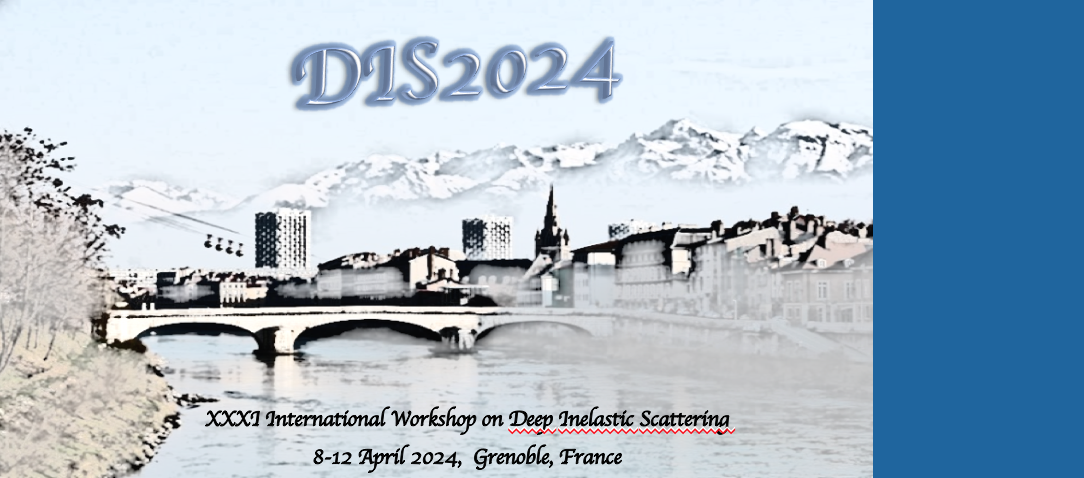Orateur
Description
Future e$^+$e$^-$ colliders, with their clean environment and triggerless operation, offer a unique opportunity to search for long-lived particles (LLPs). Considered in this contribution are prospects for LLP searches with the International Large Detector (ILD) providing almost continuous tracking in Time Projection Chamber (TPC) as the core of its tracking systems. The ILD has been developed as a detector concept for the ILC, but is also applicable to other Higgs Factory options.
The considered signature for neutral LLP production is a highly displaced decay vertex, which we search for in the TPC. Based on the full detector simulation, we study decays of both light and heavy LLPs. For the heavy, $\mathcal{O}(100$ GeV) LLPs, the most challenging scenarios are those with a small mass splitting between LLP and a dark matter candidate, resulting in only a very soft displaced track pair in the final state, not pointing to the interaction point. As the opposite extreme scenario we consider the production of light, $\mathcal{O}(1$ GeV) pseudo-scalar LLP, which decays to two highly boosted and almost colinear displaced tracks. Backgrounds both from soft beam-induced processes and hard physical events are taken into account. Assuming a single displaced vertex signature, the limits on signal production cross-section are presented for a wide range of LLP lifetimes and a set of masses or mass splittings. These limits are to a large extent model-independent, reflecting kinematic properties of the considered signature. They can be used to set limits on particular models, also for more complex signatures involving displaced vertices.

